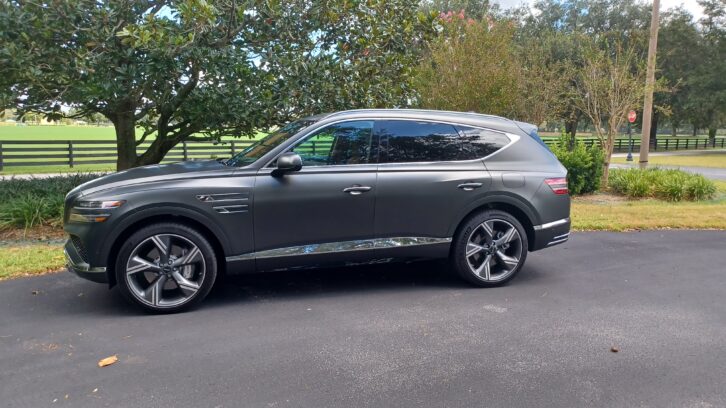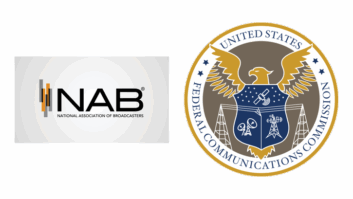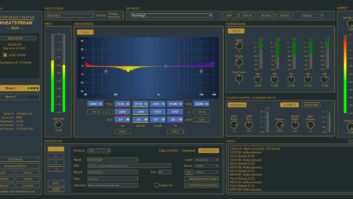To a casual observer of the automotive scene, the trend toward big infotainment displays is somewhat like the horsepower wars of the mid-1960s: More is much better.
Two years ago I wrote about the increasing size of dashboard screens and the decline in the use of physical control knobs. I’ve had a chance to update that experience when two model vehicles recently made their way into my driveway for episodes of my program “Radio-Road-Test.”
Before I can start putting test miles on a new vehicle, I increasingly find myself having to answer the question: Where’s my radio?

Different looks
The 2025 Genesis GV80 is that luxury brand’s flagship sport utility vehicle. With a sticker price near $80,000, you’d expect, and you’ll find, creature comforts and performance to match.
In the front cabin, the 27-inch infotainment and instrument screen dominates the dash. The instrument part of the display behind the steering wheel is for vehicle information such as the speedometer; the center part is the portal for infotainment.

Digging through the menu, I was able to find the controls and screens from which to select radio options. There are traditional knobs for volume and tuning below the display, but the system also provides touchscreen and voice responses.

GV80’s infotainment display. The artwork is delivered by DTS AutoStage.
Toyota’s 2024 mid-sized Tacoma TRD Pro “mild hybrid” pickup is one of that brand’s top-of-line models. Besides the technology of the mild hybrid power train, there’s a 14-inch screen that occupies the center stack of the dash.

Infotainment and vehicle information also can be reached by digging through menus. Tuning is by touchscreen or voice response; there’s a knob to adjust volume. Apple and Android phones can connect wirelessly. On-board subscription-based internet access allows other audio options.

The infotainment systems in both the Genesis GV80 and Toyota Tacoma can receive AM, FM and HD Radio signals. There’s a lot of ancillary information that’s also available. In the GV80 one can get baseball scores, gas prices and real-time weather.
But like those horsepower wars, there’s a safety concern with touchscreens and big displays; that’s the distraction factor. At 70 miles an hour, one travels the length of a football field in just under 3 seconds, which is more than enough time to crash or worse. If one’s looking at a big screen (or any screen) rather than the road … you get the idea.

That piece of automotive real estate in the center dash we call an infotainment display is extremely valuable, especially when paired with on board subscription-based internet access. That’s the arena in which radio stations compete. Some show up well; others not so much. This begs the question: How do they compete?
In past connected car features, I’ve stressed the importance of stations presenting the best signal technically possible and ensuring that the metadata accompanying the signal is technically correct, accurate and up to date. Metadata that worked well for a two-line dot matrix LED display won’t show up well with big OLED screens, especially when competing with sources using rich displays of album art and the requisite resolution.
The question that managers, programmers and talent must answer is whether the program we’re producing is compelling enough for listeners to search for it through multiple menus on a big screen?
For more on this topic, read the free ebook “Recipes for Visual Display.”







